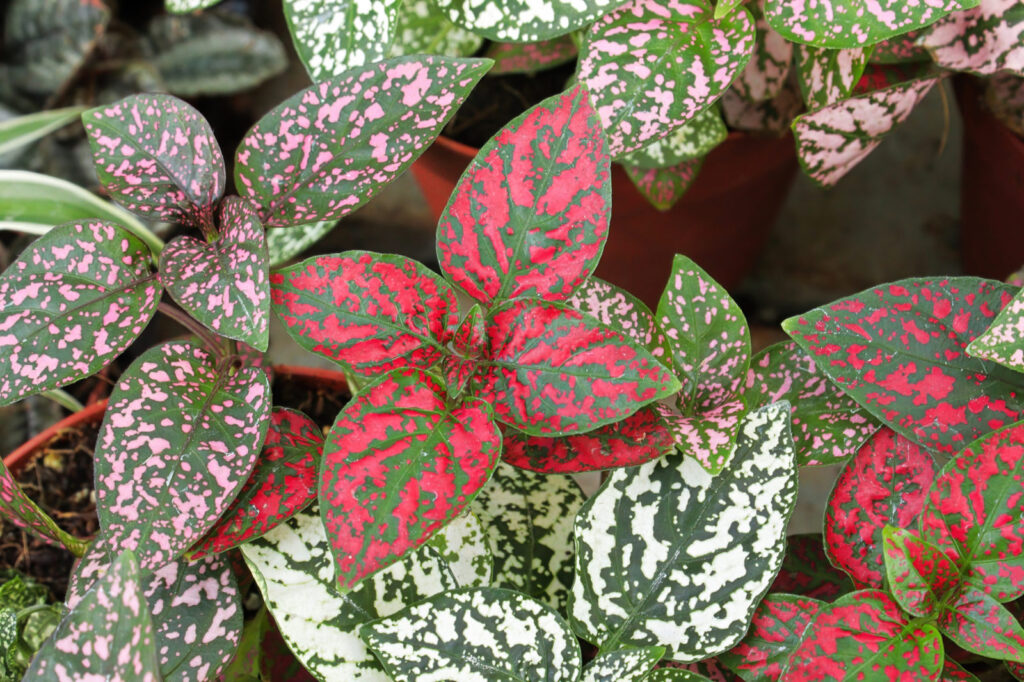
Plants with white spots on their leaves can often be an intriguing addition to any garden or indoor space, but they can also signal underlying issues that need to be addressed for the plant’s health and vitality. In this comprehensive guide, we delve into the world of these unique plants, exploring their characteristics, common varieties, and strategies for prevention and treatment.
I. Introduction
Definition of Plant With White Spots on Leaves Plants with white spots on leaves are those that exhibit discoloration or patches of white on their foliage. These spots can vary in size, shape, and distribution, and they may indicate various health issues affecting the plant.
Importance of Identifying Plants With White Spots Identifying plants with white spots is crucial for maintaining the overall health and aesthetics of your garden or indoor greenery. Early detection and intervention can prevent the spread of diseases and ensure the longevity of your plants.
Overview of Common Varieties Various plant species can develop white spots on their leaves due to different causes. Understanding these common varieties can help gardeners and plant enthusiasts effectively manage and care for their plants.
II. Characteristics of Plants With White Spots
Physical Appearance The spots on leaves can manifest in different sizes and shapes, ranging from small specks to large patches. They may appear as powdery or fuzzy growths and can be either raised or sunken into the leaf surface.
Distribution on Leaves White spots can be localized to specific areas of a leaf or spread across its entire surface. The distribution pattern can provide valuable clues about the underlying cause of the spotting.
Texture and Color Variation The texture of the spots may vary depending on the underlying issue, ranging from soft and powdery to rough and scaly. Additionally, the color of the spots can range from pure white to yellowish or brownish hues, further indicating the nature of the problem.
III. Common Varieties of Plants With White Spots
Ornamental Plants Begonias, Peace Lilies, and African Violets are popular ornamental plants known to develop white spots on their leaves. These spots can be caused by fungal infections or environmental factors such as excessive humidity.
Fruit-Bearing Plants Tomatoes, squash, and cucumbers are susceptible to various diseases that can result in white spots on their leaves. Fungal pathogens like powdery mildew and bacterial infections can affect these plants, leading to reduced yield and quality.
Houseplants Indoor plants like Spider Plants, Pothos, and Rubber Plants can also develop white spots due to fungal or bacterial infections. These plants require proper air circulation and watering practices to prevent the onset of diseases.
IV. Prevention and Treatment
Cultural Practices Implementing proper cultural practices such as adequate watering, humidity control, and soil management can help prevent the development of white spots on plant leaves. Avoiding overwatering and overcrowding can minimize the risk of fungal and bacterial infections.
Chemical Control In severe cases, chemical interventions may be necessary to manage white spots on plant leaves. Fungicides, bactericides, and insecticides can be used to control pathogens and pests that contribute to leaf spotting. However, it’s essential to follow label instructions and safety precautions when applying these products.
Natural Remedies For those preferring organic solutions, natural remedies such as neem oil and copper-based fungicides can effectively combat fungal diseases without harming beneficial insects or the environment. Introducing natural predators like ladybugs and lacewings can also help control pest populations.
V. Conclusion
Recap of Importance Identifying and addressing white spots on plant leaves is crucial for maintaining plant health and vitality. By understanding the characteristics, common varieties, and prevention methods outlined in this guide, gardeners can effectively manage leaf spotting issues and enjoy thriving plants.
Encouragement for Proper Care Regular monitoring and proper care practices are essential for preventing the recurrence of white spots on plant leaves. By providing optimal growing conditions and promptly addressing any signs of disease, gardeners can nurture healthy and resilient plants.
Final Thoughts While white spots on plant leaves can be concerning, they are often manageable with the right approach. By staying informed and proactive, gardeners can overcome leaf spotting challenges and create beautiful, thriving green spaces to enjoy year-round.




